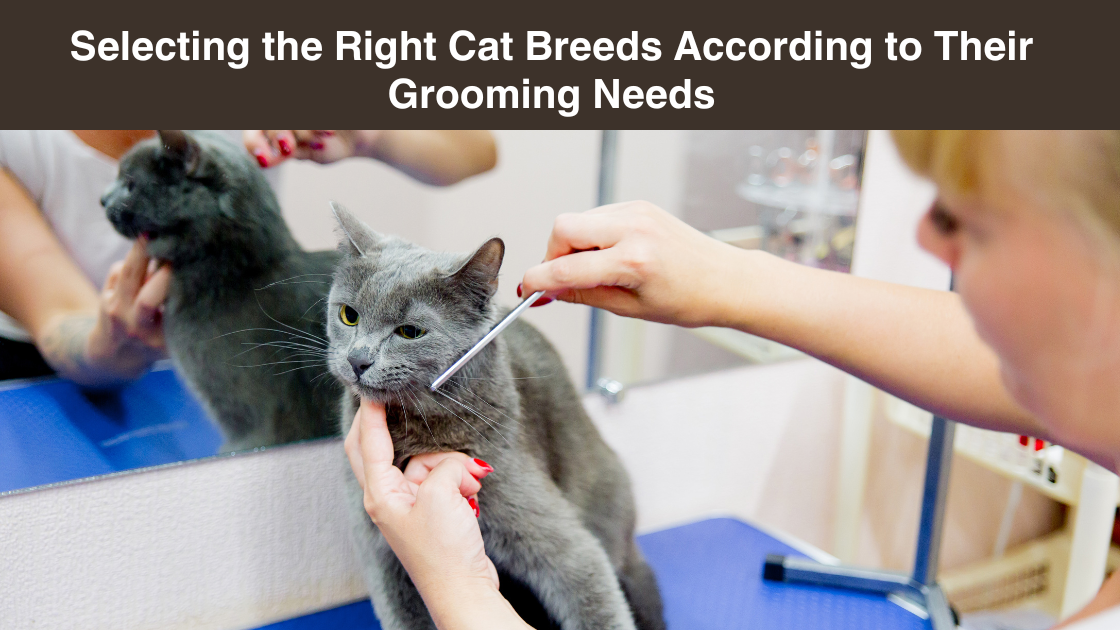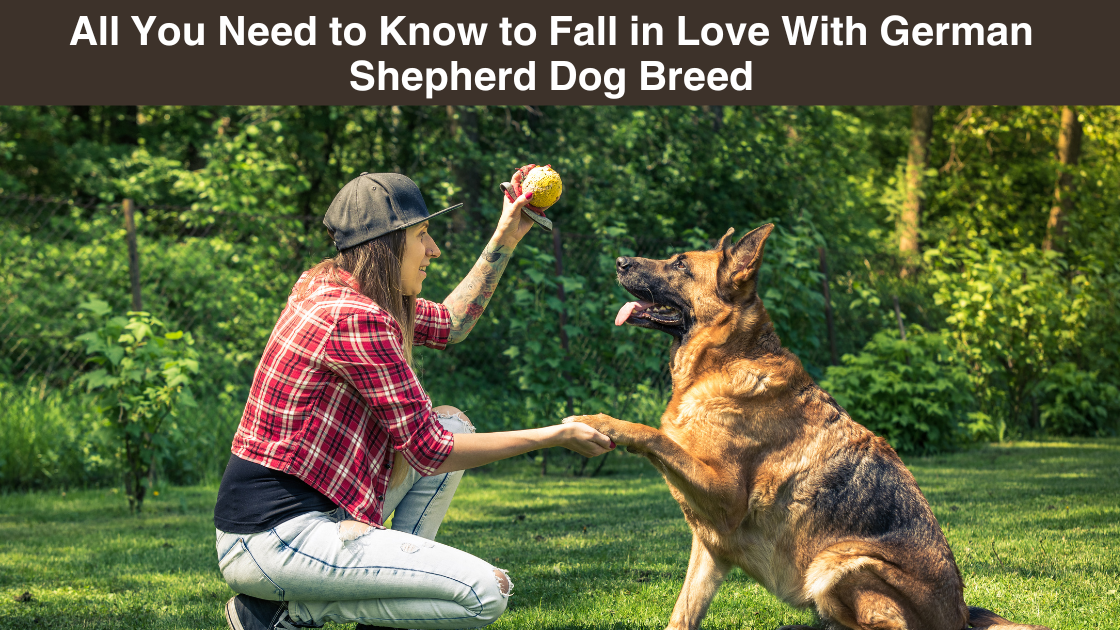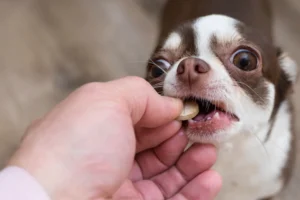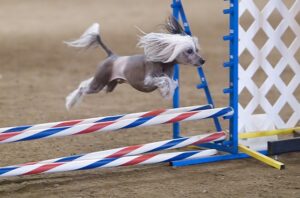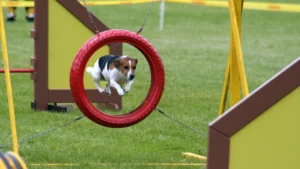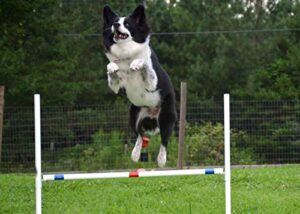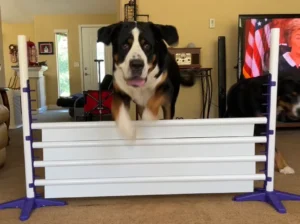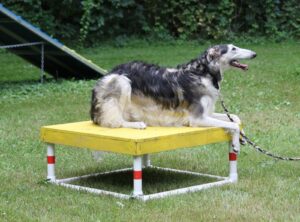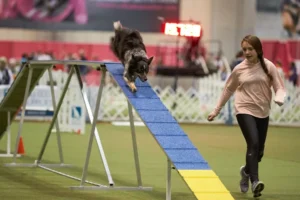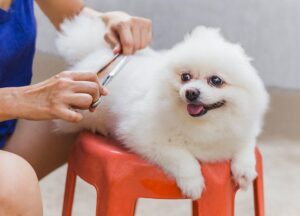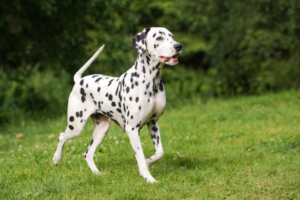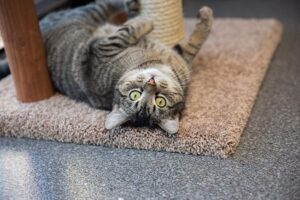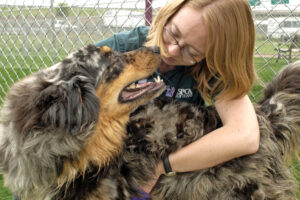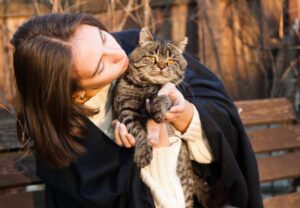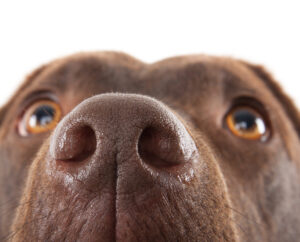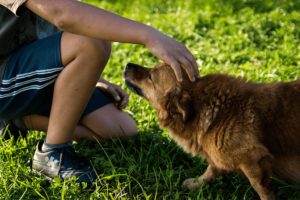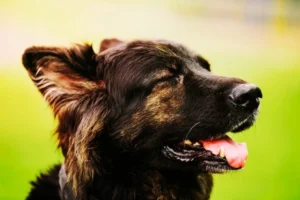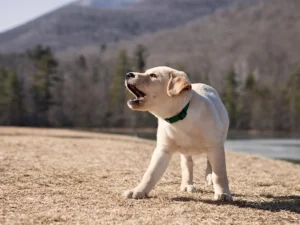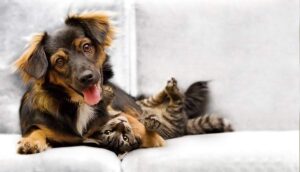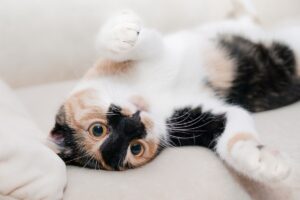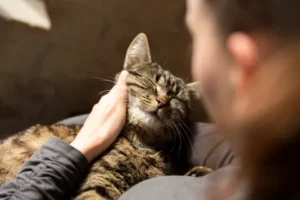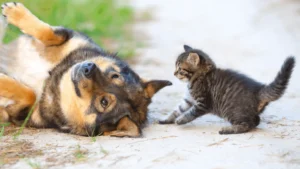Many breeds of cats have unique traits that make them beloved pets. They require grooming. Some cats are easy to groom, but others need regular care to look and feel their best.
Table of Contents
Introduction
We will classify cat breeds by grooming needs from low maintenance cat breeds to high maintenance in this comprehensive guide. Any prospective cat owner must understand these needs to choose a cat whose grooming needs match their lifestyle and preferences.
Cat Grooming
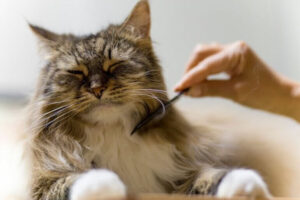
Cat grooming is for more than just appearance. It’s essential to their health. In this cat grooming discussion, we’ll explore why cats need grooming and how it goes beyond cleanliness to indicate their physical and emotional health.
5 Benefits of Cat Grooming
- Cat Grooming Promotes Hygiene and Health

Cats are known for their cleanliness. From the smallest kittens to the most regal adult cats, groom daily. This meticulous self-cleaning serves many purposes, starting with hygiene.
Cat grooming removes dirt, debris, and loose fur to keep coats clean. They seem to have an internal sensor that can detect even the smallest particle that could tarnish their sleek fur. Cats clean themselves with their barbed tongues and dexterous paws to keep their fur clean.
Beyond aesthetics, cat grooming protects them from many health related threats. A clean coat reduces the risk of harmful bacteria and parasites. A clean cat is less likely to get skin infections or odors, improving their comfort and quality of life.
- Cat Grooming Helps with Temperature Control
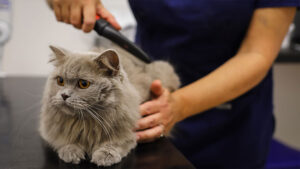
Cat grooming helps regulate body temperature. Dogs have sweat glands, but cats use other methods to maintain their body temperature. Licking their fur cools them because moisture evaporates from their skin. This natural air conditioning prevents overheating in hot weather. Cat coats insulate body heat in colder climates. Long-haired breeds’ coats protect them from cold. Cats’ adaptability is shown by their body temperature regulation. Their survival and comfort depend on their ability to adapt to different environments.
- Cat Grooming Strengthens the Bond Between Owner and Cat

Despite their independence, cats are affectionate. Cat grooming strengthens the relationship between the cat and the owner.
When cats groom themselves, it is for more than just personal hygiene. Self-expression and contentment are shown. Cats show affection by grooming each other in the presence of family members. This mutual grooming strengthens group bonds, trust, and security.
Cat owners feel loved and accepted when their cats lick their hands or faces. Nonverbal language transcends words and reminds us of our special bond with cats.
- Regular Cat Grooming Helps Detect Health Issues

Regular cat grooming allows owners to check their pets’ health. When grooming themselves, cats examine every inch of their bodies, including inaccessible areas.
This self-examination lets cats spot skin and fur issues. Careful cat owners can use grooming to spot health issues. They can find lumps, bumps, and sensitive areas by running their hands through their cat’s coat.
Grooming lets you check a cat’s skin and fur. Dryness, redness, rashes, and fleas or ticks can be detected early. Cat owners can protect their pets’ health and seek veterinary care by addressing these issues immediately.
- Cat Grooming Prevents Matting
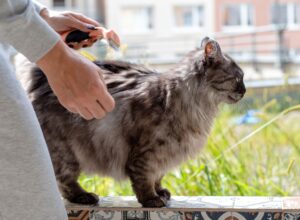
Cats with long or dense fur often matte. Matting occurs when loose fur knots or clumps in the coat. It can hurt cats and cause skin irritation or infections if left untreated.
Matting is best prevented by regular cat grooming. Brushing the cat’s coat removes loose fur and prevents tangling. This simple act of care improves the cat’s comfort and health.
Matting is a problem for long-haired breeds. Mats can quickly form without proper grooming, causing cats pain and discomfort. Matting may require professional cat grooming or shaving the cat’s coat in extreme cases.
Importance of Cat Grooming
Cat maintenance is not easy; cat grooming is more than just making them look good. It involves hygiene, temperature regulation, social bonding, health monitoring, and pain prevention. As dedicated cat caregivers, understanding the importance of cat grooming allows us to give them the care and attention they deserve.
Owners can bond with their pets and protect their health and comfort through regular cat grooming. Regular grooming honors the timeless bond between humans and cats, fostering trust, love, and mutual well-being that celebrate these remarkable creatures’ companionship.
8 Low Maintenance Cat Breeds for Busy Lives
While cats are beloved family members due to their unique personalities and companionship, cat maintenance needs vary breed by breed. Low maintenance cat breeds are ideal for busy people or those who prefer a hands-off grooming approach. This exploration will highlight low maintenance cat breeds’ traits and minimal grooming needs.
American Shorthair

The American Shorthair, known as the “working cat,” is known for its laid-back nature and low grooming needs. These cats have short, dense coats that rarely mat, making them a popular low maintenance cats. Their laid-back nature helps with grooming.
A weekly brushing should keep American Shorthairs’ coats healthy. A simple routine removes loose fur, distributes natural oils, and keeps their coat shiny and healthy. These charming companions require little upkeep, which owners appreciate.
British Shorthair
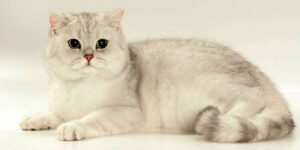
The British Shorthair, with its dense, plush coat, is another low-maintenance cat lover favorite. Like the American Shorthair, their short fur rarely mats. This breed is ideal for those who prefer a calm, low-key lifestyle due to its gentle nature.
One or two weekly brushes are usually enough for British Shorthair owners. In spring and fall, more frequent brushing may be needed to manage fur shedding. However, the British Shorthair’s low grooming needs make it ideal for busy people.
Russian Blue

The Russian Blue is admired for its beauty and elegance. These cats need little external grooming due to their short, dense coats. They stand out by grooming themselves meticulously, reducing owner intervention.
Russian Blues need only occasional brushing to remove loose fur and distribute natural oils. Self-sufficient and regal, this breed is a graceful and low-maintenance addition to any household.
Scottish Fold

Short-haired Scottish Fold cats are low-maintenance, but long-haired ones may need more attention to avoid matting. The folded ears and friendly disposition of these charming cats set them apart.
Regular brushing and occasional baths keep short-haired Scottish Folds in good condition. However, long-haired Scottish Folds may need more brushing to avoid matting in their luxurious fur. Scottish Folds make friendly, manageable cats regardless of coat length.
Sphynx
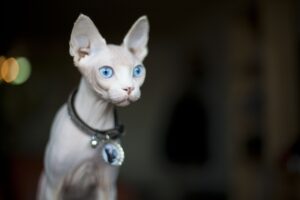
The Sphynx is unique among low-maintenance breeds because it has no fur. Their grooming needs aren’t as simple as you might think. Sphynx cats need special grooming due to their furlessness.
Sphynx cats’ lack of fur insulation causes oil buildup on their skin, causing hygiene issues. They must bathe regularly to remove these oils and clean their skin. Sphynx cats’ bare skin is UV-sensitive, so they may need sun protection. Sphynx cats require little grooming, despite their special needs.
Manx

Similar to Scottish Folds, Manx cats have short and long hair. The short-haired Manx needs only occasional brushing to maintain its coat. The lack of a tail adds to their charm.
Long-haired Manx cats may need more grooming to avoid matting. Having no tail can cause mats in the tail area. However, the short-haired Manx is a laid-back cat.
Burmese

Short, fine-furred Burmese cats are famous. Compared to long-haired breeds, this breed requires little grooming. A weekly brushing usually keeps their coat shiny and healthy.
Burmese cats are playful and low-maintenance, making them a great addition to households that prefer spending time with their cat rather than grooming it.
Ragdoll

Ragdoll cats are affectionate and semi-long-haired. Despite appearing high-maintenance, their fur doesn’t mat. This breed’s silky coat is easier to groom than other long-haired breeds.
Brushing a Ragdoll a few times a week reduces shedding and mats. It may take more attention during shedding seasons, but Ragdolls’ gentle, loving nature makes grooming easy.
Joy of Having Low Maintenance Cat Breeds
Low maintenance cat breeds are ideal for busy cat owners or those who prefer hands-free grooming. These cats provide companionship without grooming. Note that even low-maintenance cats benefit from regular grooming.
Cat owners can bond with their cats during grooming, regardless of breed. It’s an opportunity to love and care for the cat while ensuring its health. Whether you choose a short-haired American Shorthair or a unique Sphynx, enjoy the companionship these low-maintenance breeds bring to your life and cherish the time you spend together, grooming or just hanging out.
6 Moderate Maintenance Cat Breeds
Cat maintenance depends largely on which breed you are selecting. Cat breeds vary greatly, each with its own personality, traits, and grooming needs. Moderate maintenance cat breeds appeal to cat owners who want to spend more time grooming without the rigorous demands of high-maintenance breeds. We’ll explore moderate maintenance cat breeds’ fascinating traits and grooming needs.
Siamese

The grooming of Siamese cats, with their striking blue almond-shaped eyes and sleek, fine coats, is usually easy. Short fur rarely tangles or mats, making it ideal for simplicity.
Regular brushing is recommended for Siamese cats, who don’t need extensive grooming. A few weekly brushes for your Siamese cat will keep their coat in good condition and reduce loose fur in your home. These elegant cats enjoy grooming, often bonding over it.
Norwegian Forest Cat

With their sturdy, semi-long coats, Norwegian Forest Cats can survive harsh Nordic winters. They don’t need daily grooming, but brushing several times a week prevents mats and shedding.
These cats’ grooming needs reflect their tough, independent nature. Without the intensive grooming needed by other breeds, owners can provide essential care. Nature and moderate maintenance are balanced in Norwegian Forest Cats.
Bengal

Bengal cats, with their wild appearance and striking rosette patterns, have short, dense coats that require little grooming. Their coat stays shiny with occasional brushing.
Bengals love water, which distinguishes them. You may find your Bengal bathing or playing in the sink. This unique trait makes grooming fun and interactive for the cat and owner.
Abyssinian

Abyssinians, known as “Abyss,” have short, ticked coats that require little grooming. Regular brushing to remove loose fur usually keeps their coat looking good. Abyssinians are active, playful, and adventurous cats.
Their self-grooming makes them low-maintenance. Abyssinians groom their coats naturally, keeping them in good condition. They’re ideal for those who like simple beauty.
Oriental Shorthair

Oriental Shorthairs, like Siamese cats, have short, fine, low-maintenance fur. To reduce shedding, they should be brushed regularly, but they need less grooming than long-haired pets.
Their almond-shaped eyes and slim bodies make these elegant cats stand out. Cat owners appreciate their beauty and simplicity, which match their active and graceful personalities and grooming needs.
Balinese

The Balinese cat is a long-haired Siamese, so its grooming needs are elegant and simple. Their silky, semi-long coat needs regular brushing to avoid matting.
Balinese cats are affectionate, making grooming a bonding experience. They add beauty and simplicity to any home with their easy grooming.
Moderate-maintenance cat breeds are ideal for cat lovers who want to groom more but don’t want to spend too much time. These cats combine beauty and simplicity, whether you choose the majestic Maine Coon, elegant Persian, or exotic Bengal. Owners bond with their cats through grooming, regardless of breed. It’s an opportunity to love and care for the cat while ensuring its health. Whether you groom a Persian daily or a Siamese weekly, enjoy the time spent with your cat and the deep bond it creates.
7 High Maintenance Cat Breeds for Dedicated Owners
Some cat breeds require extreme grooming and care. High-maintenance cat breeds with luxurious coats and special grooming needs are best for owners who want to devote a lot of time and effort to their pets. We’ll explore high maintenance cat breeds’ grooming needs and appeal in this exploration.
Persian
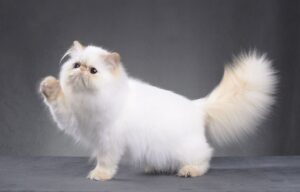
Persian cats, with their regal appearance and long, flowing coats, are famously high-maintenance. Their beauty comes with grooming costs. Their luxurious fur needs daily brushing to avoid mats and tangles.
Persian cat owners care for and bond with their pets daily. The coat stays clean, loose fur is removed, and natural oils are distributed by brushing. Their unique coat structure traps dirt and oils, causing hygiene issues if not bathed regularly.
The Persian’s high grooming needs are a labor of love, strengthening owner-cat bonds. An elegant and graceful cat results from this dedication.
Himalayan

Himalayan cats, related to Persians, need similar grooming due to their long, silky fur. Their luxurious coats need daily brushing to avoid mats and tangles. Their striking Persian-like face and bright blue eyes show the dedication required for their care.
Himalayan owners groom their pets daily, often bonding. Their fur needs frequent baths to stay clean and oil-free. Due to flat faces, tear staining may require extra care.
Maine Coon
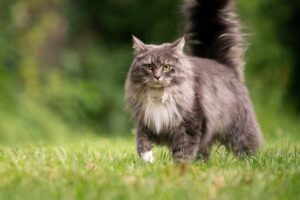
Maine Coon cats are usually medium-maintenance, known for their size and semi-long fur. However, shedding seasons can make them high-maintenance. Owners may need to groom more to prevent matting and manage the heavy shedding.
Maine Coons need weekly brushing to prevent mats and special care for their majestic manes and tails. Grooming keeps their beautiful coats a source of pride.
Siberian
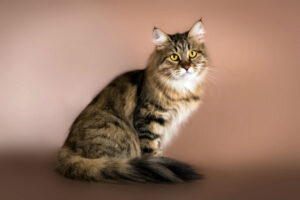
Siberian cats have tough coats and semi-long, water-resistant fur. Unfortunately, their fur can mat if neglected. They need regular brushing and care for their thick coat to avoid tangles and mats. Siberian cats are esteemed for their independent and self-reliant nature. Owners who commit to their grooming needs are rewarded with a cat of striking beauty and resilience.
Turkish Van
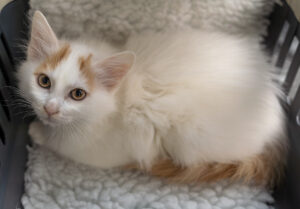
Turkish Vans’ semi-long fur needs regular grooming to avoid mats and tangles. To maintain clean fur, owners may need to bathe their pets more often. Their unique color patterns and love of water distinguish these cats. Their distinctive personality and striking appearance are enhanced by their meticulous grooming.
Note: There might be affiliate links mentioned here. We may receive a commission if you purchase a product through an affiliate link. There is no additional charge for you. Please do your own research before making any online purchases.
Somali

If neglected, Somali cats’ long, bushy tails and semi-long fur can be high-maintenance. Preventing mats and tangles requires regular brushing, especially in their tail and neck. Somalis play and groom themselves. Owners who dedicate time to grooming ensure their cats remain a vision of beauty and vitality.
Devon Rex
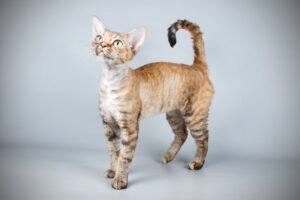
Devon Rex cats need special care for their short, curly fur. For healthy skin and fur, their unique coat must be bathed regularly to avoid oiliness. Devon Rex cats feature distinctive appearances and playful personalities. Owners who embrace their grooming needs ensure these cats remain healthy and comfortable.
Grooming high-maintenance cat breeds takes time and effort. These breeds require daily brushing, baths, and extra care to maintain their coats. This dedication produces a cat of unmatched beauty and a bond that transcends grooming, proving the love between humans and cats.
9 Cat Grooming Tips to Keep Your Cat Healthy and Happy
Cats are family members with unique personalities and grooming needs, not just pets. While different cat breeds require different levels of grooming, there are some universal grooming tips and practices for healthy and happy cat maintenance. These practices help your cat look and feel good while staying healthy.
- Regular Brushing
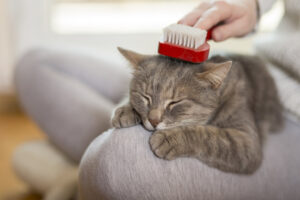
Brushing is essential for all cat breeds, from low to high maintenance.
- Removing Loose Fur: Brushing your cat removes loose fur. This reduces home shedding and prevents your cat from ingesting fur during self-grooming, which can cause hairballs.
- Distributing Natural Oils: Brushing distributes your cat’s skin oils throughout their fur. These oils moisturize, shine, and nourish the coat. Proper oil distribution prevents dry, brittle fur.
- Preventing Matting: Cats can get skin problems and hurt from fur tangles. Long-haired breeds benefit from regular brushing to avoid matting. Attention to matting-prone areas like behind the ears, under the armpits, and along the back is crucial.
Brushing frequency depends on your cat’s coat length and type. Short-haired cats only need weekly brushing, while long-haired breeds may need it several times a week. Brushing lets you bond with your cat, regardless of breed.
- Nail Trimming
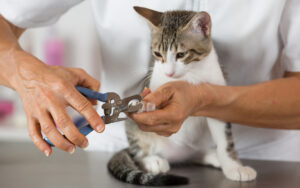
Cat grooming requires nail trimming for all breeds. Cats use their claws for scratching, climbing, and hunting, but long nails can hurt your cat and you. How to trim nails:
- Regular Nail Check: Check your cat’s nails. If nails are long and sharp, trim them.
- Gentle Handling: Avoid stress and discomfort by gently handling your cat’s paws. Before trimming their nails, get your cat used to having their paws touched and massaged.
- Use Proper Tools: Buy cat-specific nail clippers for ease and safety. Avoid human nail clippers, which splinter and hurt.
- Trim carefully: Avoid cutting near the pink part of the nail with blood vessels. Quick cuts are painful and may bleed. Ask your vet or groomer if you’re unsure.
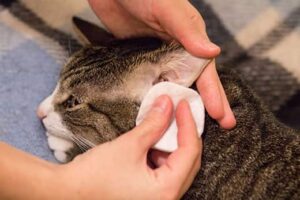
- Healthy Ear Cleaning
Cat grooming must include ear cleaning to prevent ear infections and pain.
- Regular Inspection: Check your cat’s ears for dirt, wax, and discharge. Contact your vet if you notice any changes or odors.
- Gentle Cleaning: Clean your cat’s ears with a vet-recommended cleaner and follow the instructions. Use caution when inserting anything deep into the ear canal to avoid injury or discomfort.
- Get Professional Help: Ask your vet about ear cleaning or if your cat has chronic ear problems. They offer advice and thorough ear exams.

- Eye Cleaning
Tearing can discolor the fur around the eyes in some cat breeds. Avoid staining by cleaning your cat’s eyes regularly.
- Use a Damp Cloth or Cotton Ball: Gently wipe tear stains from your cat’s eyes with a damp cloth or cotton ball. Avoid getting cleaning solution or water in your cat’s eyes.
- See a Vet: Have your vet examine persistent tear staining or other eye issues like redness, swelling, or discharge. These may indicate health issues that need medical attention.

- Oral Health Maintenance
All cats need dental care because oral health affects overall health.
- Brush Their Teeth: Plaque and tartar buildup can cause dental issues, so brush your cat’s teeth regularly. Human toothpaste is harmful if ingested, so use a cat toothbrush and toothpaste.
- Offer Dental Treats and Toys: Promote oral hygiene with dental treats and toys. These items help cats remove tartar and debris from their teeth.
- Professional Dental Cleanings: Contact your vet about professional dental cleanings. Under anesthesia, these cleanings remove tartar and plaque, ensuring your cat’s dental health.

- Bathing
Some cat breeds or situations require regular bathing.
- Use a Cat-Specific Shampoo: Bathe your cat with a gentle cat shampoo. To avoid harsh shampoos, avoid human ones.
- Maintain a Comfortable Water Temperature: Keep your cat’s water comfortably warm or cool. Be patient while bathing your cat with a gentle stream.
- Be Gentle and Patient: Use a soothing tone to comfort your cat during the bath. Avoid water in their ears, eyes, and nose. After bathing, dry your cat and give it a warm place to relax.

- Cat Flea and Parasite Control
Your vet recommends regular flea and parasite treatments. Fleas and ticks cause pain and spread diseases. Prevention protects your cat from these pests and improves their health.
- Check for Lumps and Bumps
Check your cat’s skin for lumps, bumps, and unusual growths during grooming. Early detection of skin abnormalities allows for prompt veterinary intervention. Check with your vet if you notice anything suspicious.
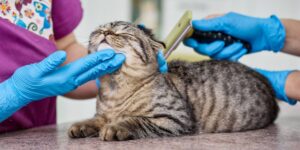
- Get Professional Advice
Consult a professional groomer or your vet if you’re unsure about cat grooming or if your cat has special needs. These experts can advise you, demonstrate proper techniques, and answer your questions.
FAQs
Why do cats need grooming?
Cats need grooming to maintain hygiene, regulate body temperature, bond, get health checks, and prevent matting, which can cause skin problems.
Which are the low-maintenance cat breeds?
American Shorthairs, British Shorthairs, Russian Blues, Scottish Folds, Ragdolls, Sphynx, Manx, and Burmese require little grooming.
Do low-maintenance cats need grooming?
Yes, even low-maintenance cats need regular brushing to remove loose fur and maintain their coat.
Which are the moderate-maintenance cat breeds?
Siamese, Maine Coons, Persians, Himalayans, Norwegian Forest Cats, Bengals, Abyssinians, Oriental Shorthairs, and Balinese are moderate-maintenance cats.
How often should I brush my moderate-maintenance cat?
The frequency of brushing moderate maintenance cats depends on their coat type and shedding patterns.
What are high-maintenance cat breeds?
Persians, Himalayans, Maine Coons, Ragdolls, Siberians, Turkish Vans, Somalis, and Devon Rex cats are high-maintenance.
What is a high-maintenance cat’s grooming routine?
To avoid matting and maintain their coats, high-maintenance cats need daily brushing, baths, and care.
What are the grooming tips common to all cat breeds?
All cats benefit from brushing, nail trimming, ear and eye cleaning, dental care, and flea and parasite control, regardless of breed. If uncertain, owners should check for skin abnormalities and consider professional grooming.
Do cats like grooming?
Many cats enjoy grooming’s attention and bonding. However, grooming preferences vary, so be gentle and patient.
Why is it important to match your cat breed to your grooming commitment?
A happy and healthy relationship with your cat is ensured by choosing a breed with grooming needs that match your commitment level. It keeps your cat healthy and reduces stress.
Conclusion
For the best cat maintenance and care, you must know the grooming needs of each breed. Whether you choose a low, moderate, or high-maintenance breed, responsible pet ownership requires grooming. Grooming is about your cat’s health, comfort, and happiness, not just appearance. Choosing a cat breed that matches your grooming commitment will give you a long-lasting, loving relationship with your cat.


